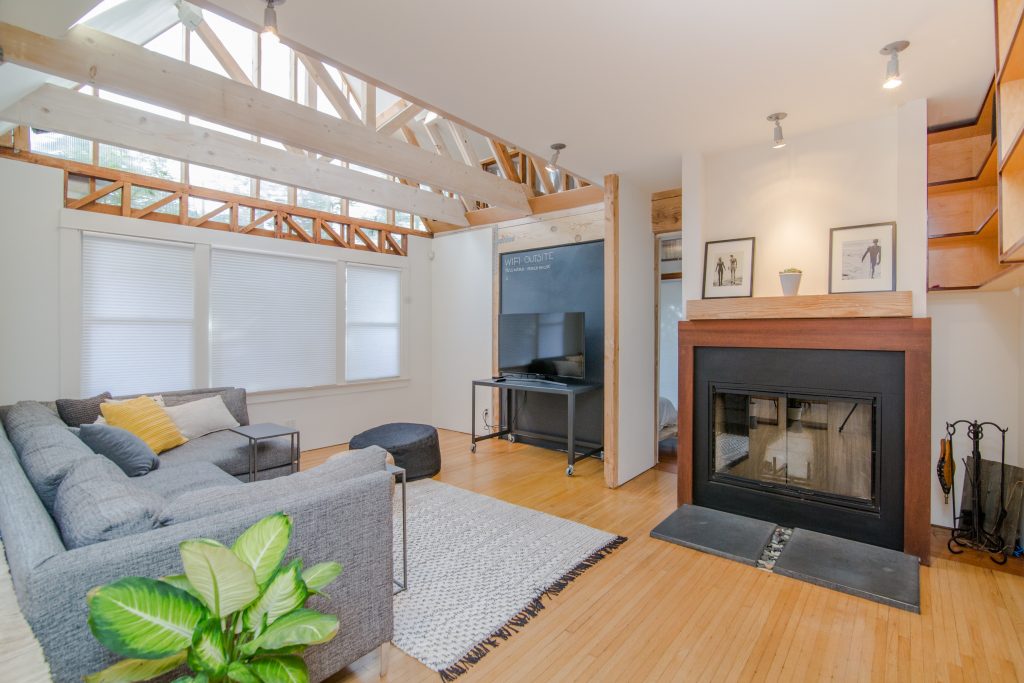


16 Apr 19

How knowing your customer will make you a better salesperson
When working in sales, we all know that the customer is the most important part of the operation. Regardless of the quality of your product or your own personal charisma, if their needs are not met satisfactorily, they are not going to buy anything from you.
Most often it is a breakdown in effective communication which means that expectations are not met. Knowing your product is one thing, but knowing your customer inside out is what will help you to close the sale.
In order to meet their needs and expectations, it is vital that you listen to what they have to say and try to learn as much as possible about their habits, behavior and interests. That way you can make an appropriate analysis of their needs and cater your pitch to be as effective as possible.

Make a detailed analysis of your potential customer
When approaching a potential customer, you have to ask yourself the following questions: what’s the problem they're looking to solve? And what can you offer them to help?
When selling air conditioning systems, you have to make a good initial analysis not only of the requirements for the installation, but also the expectations and spending power of your customer.
Do they want units in every room? Do they want centralized and remote control? Are they young professionals or a family? Do they have a strict budget? Do they live in a house or an apartment building? These are just some of the questions that need to be answered in order to create an offer that is sure to attract and maintain your customer's interest.
Adapt your language to the person you are interacting with
Once you have this knowledge and are confident that your product is appropriate for them, you need to focus your efforts on creating a customized pitch.
Above all, you have to be friendly and approachable. It is important to build relationships; customers are more inclined to buy from someone with whom they can relate. For this reason you should take your time to choose both what you want to communicate and also how.
You must choose your language carefully and adapt it to the person you are interacting with. Make sure that you use words that the other person will understand. Certain words that may be appropriate for installers and industry professionals may be completely inappropriate for a client with very limited knowledge of HVAC technology. Not everyone will be familiar with, for example, webservers, vents and plenums, or know the difference between wall-mounted and ducted units. So unless they demonstrate a clear understanding beforehand, you have to ensure that you don’t use too much industry jargon.
Once you’ve reached an understanding on a linguistic level, you must then show that what you can offer addresses the problems they are seeking to solve.
How can you meet your customer’s needs?
Consumers nowadays have access to more information than they ever had before. This means that they will already have a rough idea of what is available on the market before speaking to you. In order to seal a sale, you have to really know your product and be able to prove that what you’re selling will respond to their needs and add value to their day-to-day lives.
In the current market, ducted air systems are in highest demand. They are the most cutting-edge solution for saving energy and reducing costs overall. This allows for a state-of-the-art zoning solution and all of the added comfort that comes with it. Aesthetically too, without separate wall units, this is a much less invasive option.
However, while these are all attractive features in the long term, understanding how the system will be used on a daily basis by your customer will help you to close the sale.

Focus your pitch on user experience
Whether the installation is for an apartment for young professionals, a home for retirees or a family townhouse, in each case the building’s occupants will have their own needs and their own way of doing things.
Certain features (such as saving energy, improving the aesthetics of a space or lower maintenance costs) will appeal to different audiences. But one which has a universal appeal is user control.
With the Airzone Easyzone solution, for example, users can control individual zones concurrently, either from individual thermostats in each zone or through the user-friendly Airzone Cloud app.
The app, available on desktop, Android or iOS devices, is the most complete way to control the system. Users can enjoy different temperatures in different rooms according to need and preference, set schedules according to occupants’ habits and control remotely if necessary.
Explaining the practical uses of all of these features and how they can be used by your customer every day can make a big difference and help persuade them to make the purchase.
For all the above-mentioned reasons, knowing your customer is at the crux of your sales pitch and relationship with them.